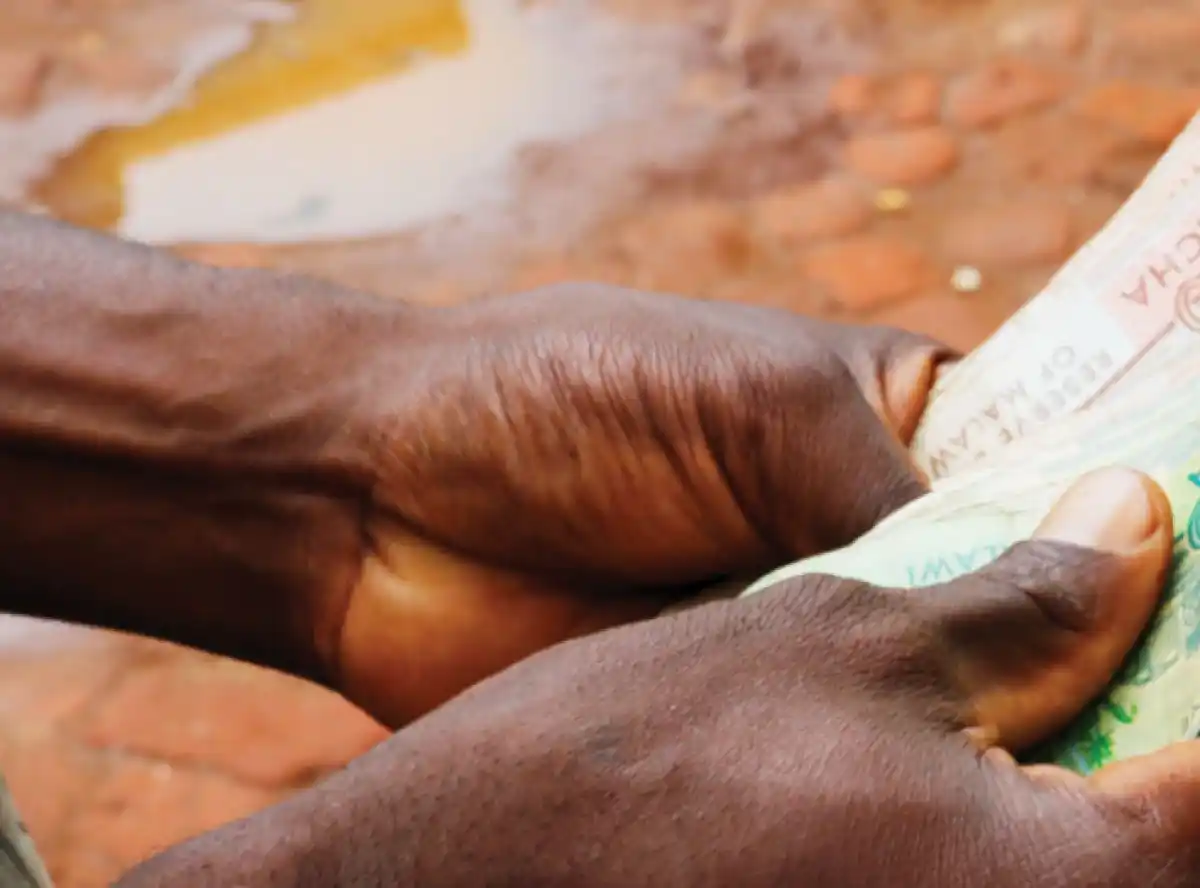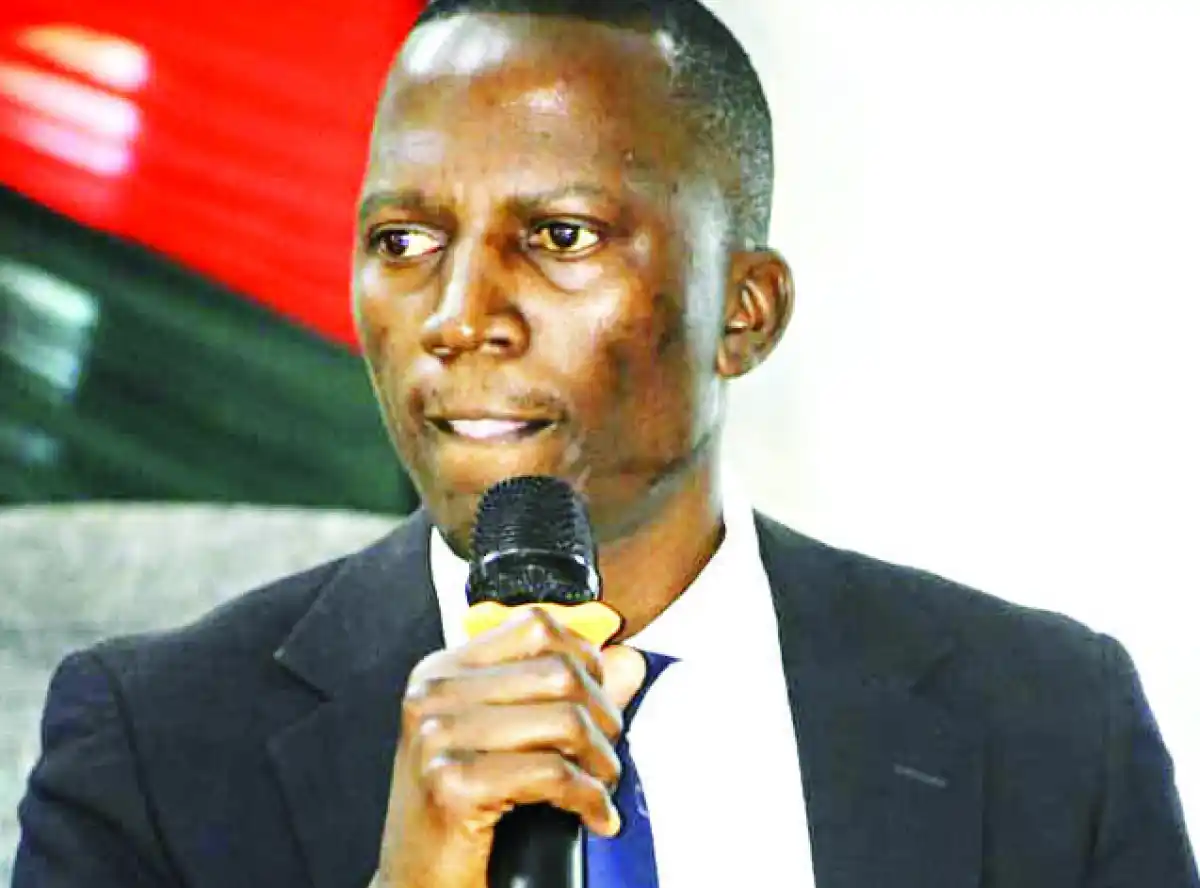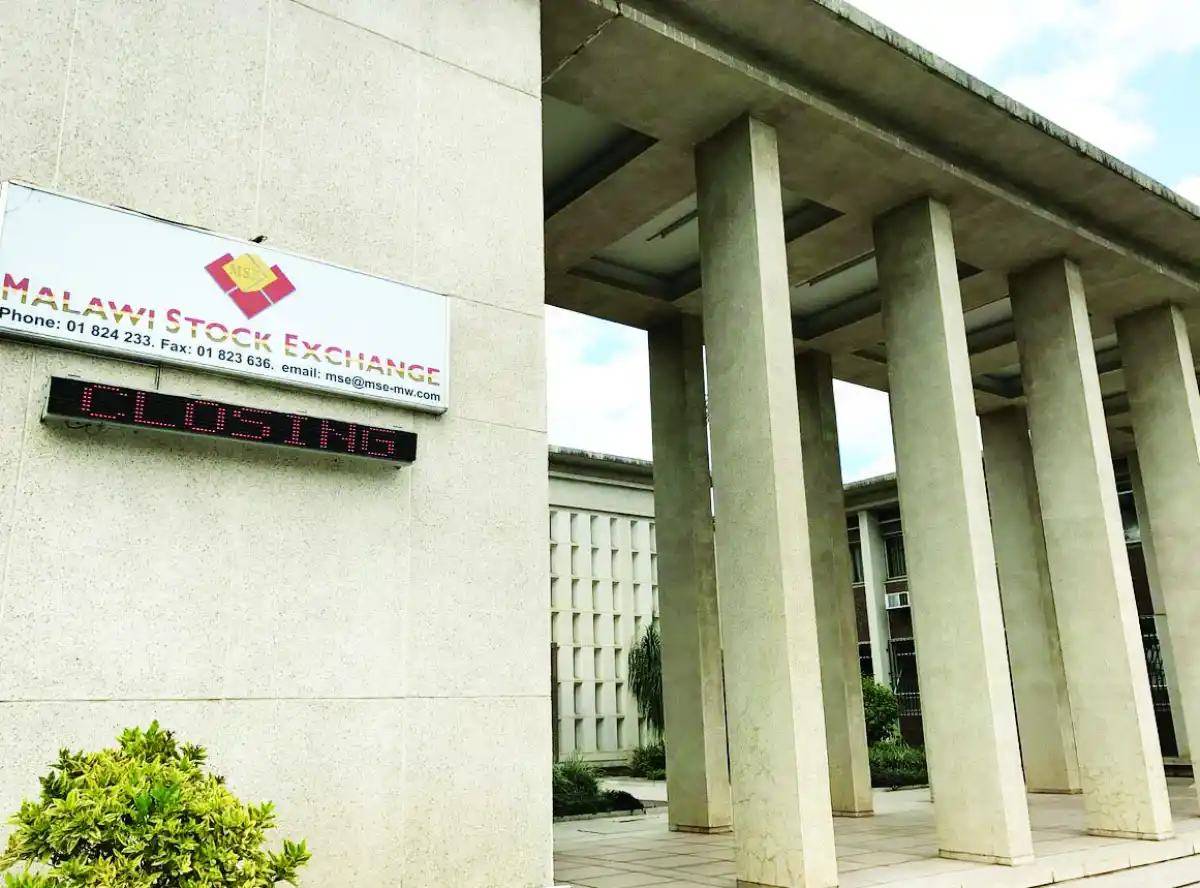
The local unit, the Malawi Kwacha, registered a mixed performance against other major currencies in the first quarter of 2025 (between January and March), figures show.
During the quarter under review, the Kwacha appreciated against the United States Dollar, but weakened against the British Pound, the Euro and the South African Rand.
According to a Malawi Financial Market Update for the week ending March 28, 2025, published by Bridgepath Capital Limited, the Kwacha appreciated by 0.9 percent against the US Dollar to K1, 734.01 in March from K1, 750.35 recorded in January.
During the same period last year, the local currency depreciated by three percent against the dollar from K1, 697.80 in January 2024 to K1, 750.38 in March 2024.
Against the British Pound, the Kwacha has weakened by 3.4 percent between January and March 2025, moving to K2, 210.59 from K2,233.84.
This depreciation is higher than the 2 percent drop recorded in the first quarter of 2024, when the Kwacha moved from K2, 221.35 in January to K2, 268.77 in March 2024.
The local unit has also depreciated against the Euro by 3.18 percent in the first quarter of 2025, moving to K1, 926.24 in March from K1, 866.83 in January.
This decline is similar to last year’s trend where the Kwacha fell against the Euro by 3 percent to K1, 949.34 in March from K1,888.43 in January 2024.
Against the South African Rand, the Kwacha marginally fell by 0.9 percent to K98 in March from K97.11 in January 2025.
This is lower than the 1.8 percent depreciation the Kwacha recorded against the Rand in 2024 when it moved from K92.94 in January to K94.64 recorded in March 2024.
The varied performance of the Kwacha comes amid continued challenges in the foreign exchange market, with businesses expressing concern over the impact of currency fluctuations on import costs and general inflation.

Financial market expert Bond Mtembezeka said the appreciation of the Kwacha versus the dollar does not reflect market dynamics.
“We did not even see any downward movement in the forex auctions RBM executed in the quarter. In any case, what we should have seen was a depreciation because the market got drier in the quarter.
“The outlook still remains dampened. Of course, the tobacco marketing season will offer a bit of a lifeline but the impact will not be that strong given the backlog of payments,” Mtembezeka said.
In a separate interview, economist Marvin Banda said the performance of the Kwacha against the major currencies of trade has not shown any surprises.
He said for the US Dollar, the appreciation is on account of the strategic position the US government is deliberately undertaking to make US products and services more competitive.
“The US wishes to reduce their trade deficit and national debt and so they are deliberately weakening the global reserve currency to offer it leverage in negotiations and attract business. This is translating to indirect gains for the Malawi Kwacha.
“The occurrence is indeed what is reflected in the official market because the unofficial markets are governed by speculation of the value of the Kwacha and thus are unreliable to place the true value of the local currency. Forex availability could improve if the regulation is further enhanced to contain forex in the official markets,” Banda said.
He added that the outlook remains the same for the Kwacha, the only hope is that supply of forex to the official sector can be sustainable and that the black market can be disincentivised to instil confidence in the official exchange rate.
Financial Market Dealers Association President Leslie Fatch said the movement is reflective of the trading levels of the dollar against the other currencies.
“…for instance, the Rand has strengthened against the dollar from ZAR18.56 in January to ZAR18.22 in March, which has resulted in the depreciation of the Kwacha against ZAR in the period under review. On the other hand, the dollar to Kwacha rate remains within range,” Fatch said.








0 Comments